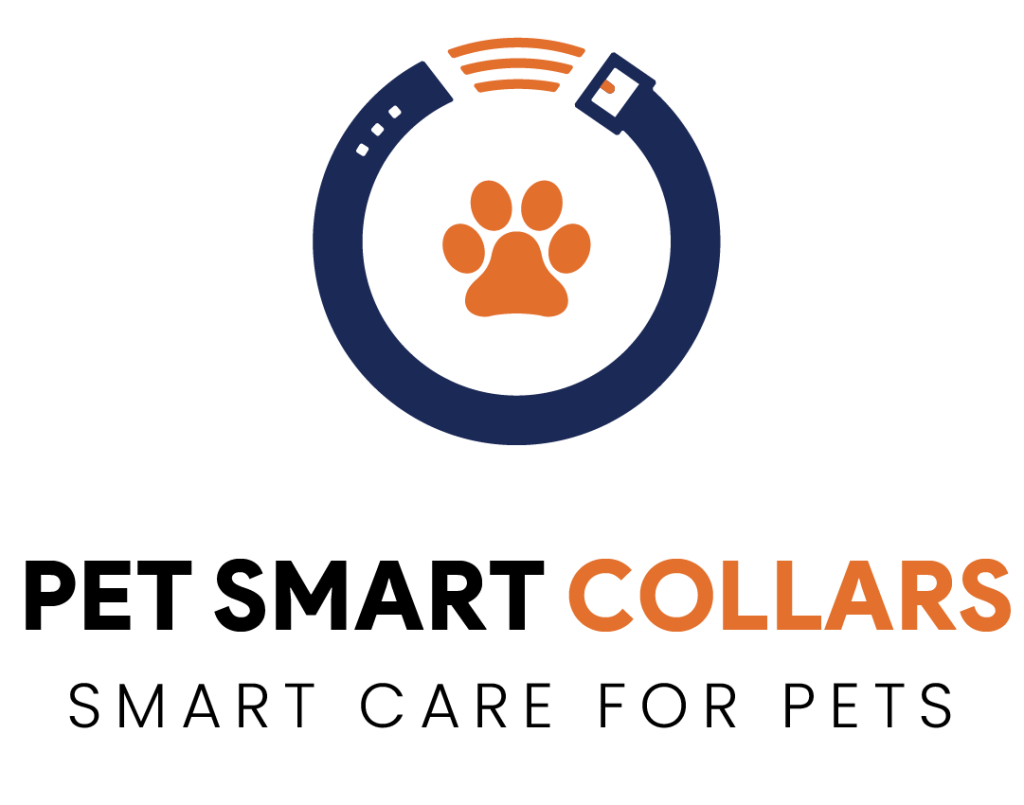Wondering what is a quick release dog collar? I will tell you everything you need to know!
Now, I think every doggo owner is well aware that many kinds of dog collars are available, such as buckle, quick-release, head halters, etc. Each of these collars possesses some quality that makes it unique and useful. Today, we’ll find out the qualities of a quick-release dog collar and whether you should use it or not.
There are many reasons as to why a dog is seen wearing a collar. For example, for identification purposes, for the owner to control the dog using a leash or sometimes as an accessory. In some places, it is illegal for an owned dog to walk without a collar and the owner may be fined. These are also used for safety purposes as well.
The point is, that collars are necessary for dogs. So, it is also necessary to choose the right type of collar for your dog.
How Does a Quick Release Collar Work?
A quick-release dog collar is popular amongst dog owners as it is easy to use. It is usually equipped with a flat buckle. It works through a mechanism which is known as a “side-release buckle” in which the collar opens automatically if a force is applied on the sides of the buckle.
The buckle consists of two parts; a male end and a female end. When the ‘male end’ is pushed, it detaches from the female end. The collar is opened when both sides are pressed simultaneously. This can also easily be done with one hand. When both sides are squeezed at the same time, a spring (present inside the flat buckle), removes the male end from the female end causing the collar to open immediately.
As soon as the pressure on the buckle is removed, the collar clicks back into its place, securing itself onto the dog’s neck once again. This process is pretty easy to do which is one of the reasons why this collar is used widely.
Benefits of Quick-Release Collars
Quick releases are considered safe and useful for several reasons which are down below:
- Emergency unlock: These collars open immediately under pressure which prevents the dog from choking or suffering an injury. If a dog is stuck somewhere, these collars will clasp open with a bit of tugging!
- Good materials: These collars are usually made of long-lasting materials such as nylon or polyester. This makes sure that the collars do not break easily or early.
- Easily removable: These collars may be opened easily with one hand and without having to take it over the dog’s neck which can be a little…. tricky.
Although quick-release collars are practical for owners as well as dogs, it should always be kept in mind that no collar is perfect and sometimes incidents may happen. So, it is always a good idea to keep an eye on your dog!
Disadvantages of Quick Release Collars
As useful as quick-release collars are, like everything, they also have their cons. These are:
- Unexpected release: Even though this is very useful, sometimes, if the collar is not fastened properly or tightly, it may open. Similarly, if a dog pulls on the collar suddenly it may open due to the pressure causing the dog to escape from the collar.
- Reduced control: Since these collars are designed specifically for everyday use, so they do not provide much control over the dogs.
- Unfitting for some dogs: Some dogs that tend to be aggressive may accidentally pull on the collar, clasping it open. Some skilled dogs can easily escape the grip of this collar.
- Limited designs: Some specific collars such as a GPS collar or a training collar, are not available in the quick-release designs which limit the availability of options in this collar.
Can These Collars Be Used in Training?
Quick-release collars are not used in training dogs. One of the main reasons is that these collars do not provide as much control as is needed during training. Dogs need collars that provide a lot of control during training exercises. This is why quick-release collars are not very effective during training.
Another reason why they are not used during training is their ability to open easily under slight pressure. While training, the dog has to go through many different exercises. It is possible that during one of the exercises, the quick-release collar may clasp open and this might cause problems in the training session or compromise the dog’s safety.
Special training dog collars are designed keeping in mind the risks and different exercises during training such as a Martingale collar, a prong collar or a head halter whereas quick release collars are designed specifically for daily use and cannot be used as training collars.
Best Suited Dog Types for Quick Release Collar
Even though these collars may be used on any fur baby, some dogs are more suited to such collars.
Quick-release collars are more suitable for dogs that are calm and well-behaved. Such dogs do not mess with the collar a lot which may cause it to open.
Quick-release collars are also appropriate for dogs who do not think of collars as their enemy (unlike some) and are comfortable wearing them since they do not try again and again to get them off (which might cause the collar to open).
Thus, these collars are more fitting for dogs that are not aggressive and are disciplined.




